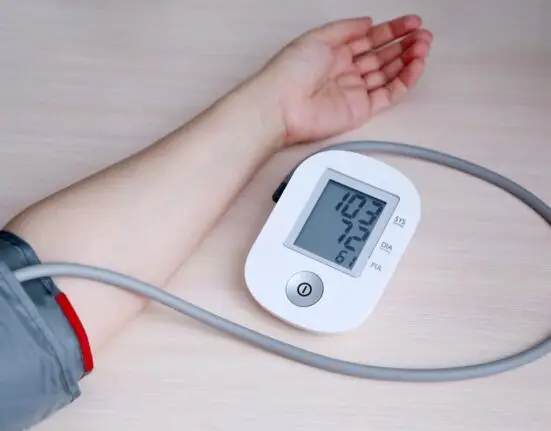Introduction
Experiencing brown discharge can be concerning, especially if you’re unsure of its cause. Brown discharge often occurs at the beginning or end of your menstrual cycle and is usually a normal part of the menstrual process. However, if it persists, is accompanied by other symptoms, or appears outside your typical cycle, it may be indicative of an underlying issue. This article will explore the various causes of brown discharge, including hormonal contraception, sexually transmitted infections, pelvic inflammatory disease, and uterine fibroids. It will also provide guidance on how to address these concerns and when it’s essential to consult a healthcare professional.
1.You are about to have your period or have missed it
Brown discharge usually occurs at the beginning or end of your period because the blood starts to flow more slowly than in the middle of your period. As the blood takes longer to leave the uterus due to the slower flow, it oxidizes, turning from red to brown. How to treat it: Brown discharge at the beginning or end of your period is normal and usually not a cause for concern. But if the brown discharge continues for several days or weeks after your period ends, or is accompanied by a foul smell, itching or burning sensation, contact your doctor as this could be a sign of an infection.
2.Brown discharge and use of hormonal contraception
Methods such as birth control pills or implants that release progestin to prevent pregnancy can cause spotting or spotting, irregular periods, and discharge of gray matter. This most likely depends on the birth control methods used. These methods cause a lack of estrogen. A lack of estrogen can cause the lining of the uterus to shed a little at a time, or brown discharge. And just like at the beginning or end of your period, as the blood slowly leaves the uterus, it oxidizes and turns brown. The same goes for birth control pills. How to treat it: Spotting or spotting caused by hormonal birth control is usually not a cause for concern and should go away about three months after getting implants or starting a low-estrogen birth control pill. But if brown spotting or spotting persists and bothers you, talk to your doctor about getting a birth control method without this side effect.
3.Brown discharge caused by a sexually transmitted infection
Some sexually transmitted infections, such as chlamydia and gonorrhea, can cause vaginal bleeding and brown discharge, according to experts.
3.1 Symptoms of chlamydia include:
Pain or burning during urination
Mild pain in your lower abdomen
Painful intercourse
Bleeding between periods
Painful urination
pain
In some cases, you may not experience any symptoms with these infections. If you’re sexually active, it’s important to get a urine test often so you can get proper treatment if you have an infection and don’t realize it. Using condoms can also reduce the risk of getting an STI or passing the infection on to someone else. How to treat it: Both chlamydia and gonorrhea can be treated with medication.
4.Antibiotics
antibiotics can clear up the infection within a couple of weeks. But it’s important to get proper treatment as soon as possible, because untreated infections can lead to complications, such as pelvic inflammatory disease.
5.Pelvic inflammatory disease and brown discharge
Pelvic inflammatory disease is an infection of the human reproductive organs that is often caused by untreated urinary tract infections such as chlamydia or gonorrhea bacteria.
Its symptoms include:
Brown discharge from the vagina
Pain in your lower abdomen or uterus
fever
Abnormal bleeding between periods
Pain during intercourse
Painful urination
If left untreated, this infection can lead to serious complications, including infertility or a fatal infection, so if you’re experiencing any symptoms, seek medical attention as soon as possible. How to treat it: PID can be treated with antibiotics, but the potential damage the disease can do to your reproductive organs cannot be reversed.
6.Brown discharge caused by uterine fibroids
Uterine fibroids are noncancerous growths in your uterus that can cause brown discharge and abnormal bleeding.
Other symptoms include:
Pain during intercourse
Urinary problems
Persistent lower back pain
These are usually not dangerous, although in some cases they can cause complications, such as urinary tract obstruction and infertility. How to treat it: Treatment for fibroids can vary depending on your health history and the severity of symptoms. Common treatment options include:
Hormone injections
Hormonal birth control
Surgery to remove fibroids
Conclusion
Brown discharge can be a normal part of your menstrual cycle, especially at the beginning or end of your period. However, if it persists or is accompanied by other symptoms like unusual odor, pain, or itching, it may indicate a more serious issue such as hormonal imbalances, STIs, pelvic inflammatory disease, or uterine fibroids. Understanding these potential causes can help you manage your health effectively. Always consult a healthcare professional if you have concerns or experience persistent symptoms, to ensure you receive appropriate care and maintain your overall reproductive health.





Leave feedback about this